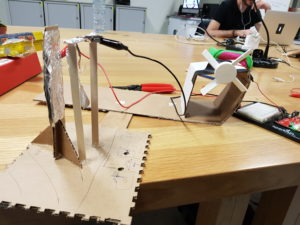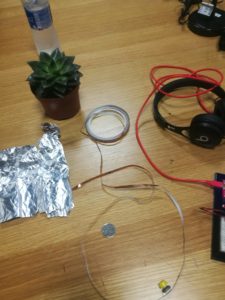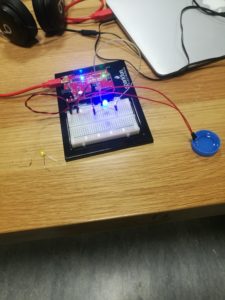Unlike conventional informative texts, this book is written in a very colloquial and humorous manner. With his funky analogies and rhetorical questions, Kenn Amdahl is able to effectively convey his message to the reader. The author was not wrong to claim that his reader will enjoy this book even if you have no special desire to learn about electricity. The text was indeed very enjoyable to read.
However, I do feel that the text could improve on its educational value. The very things that made the text interesting sometimes felt quite distracting. Moreover, some of his scientific explanations were rather vague and not all that informative.
Personally, I do prefer traditional textbooks when the objective is to acquire reliable academic information on a certain subject. Nonetheless, this was an interesting and entertaining read.


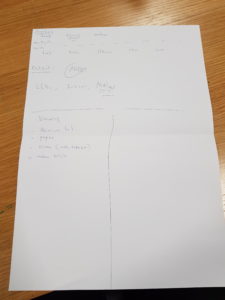
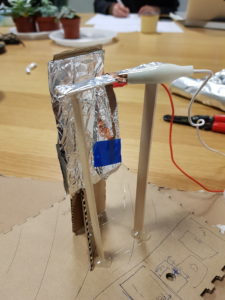
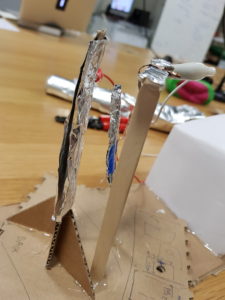 You blow on the hanging piece of cardboard wrapped in foil, and it’ll make contact with the stationary piece of cardboard wrapped in foil. In order to not make the hanging piece of cardboard hefty, the current is transferred through copper tape to the top wooden stick, also wrapped in foil, where the alligator clips connects this piece to the rest of the circuit.
You blow on the hanging piece of cardboard wrapped in foil, and it’ll make contact with the stationary piece of cardboard wrapped in foil. In order to not make the hanging piece of cardboard hefty, the current is transferred through copper tape to the top wooden stick, also wrapped in foil, where the alligator clips connects this piece to the rest of the circuit.